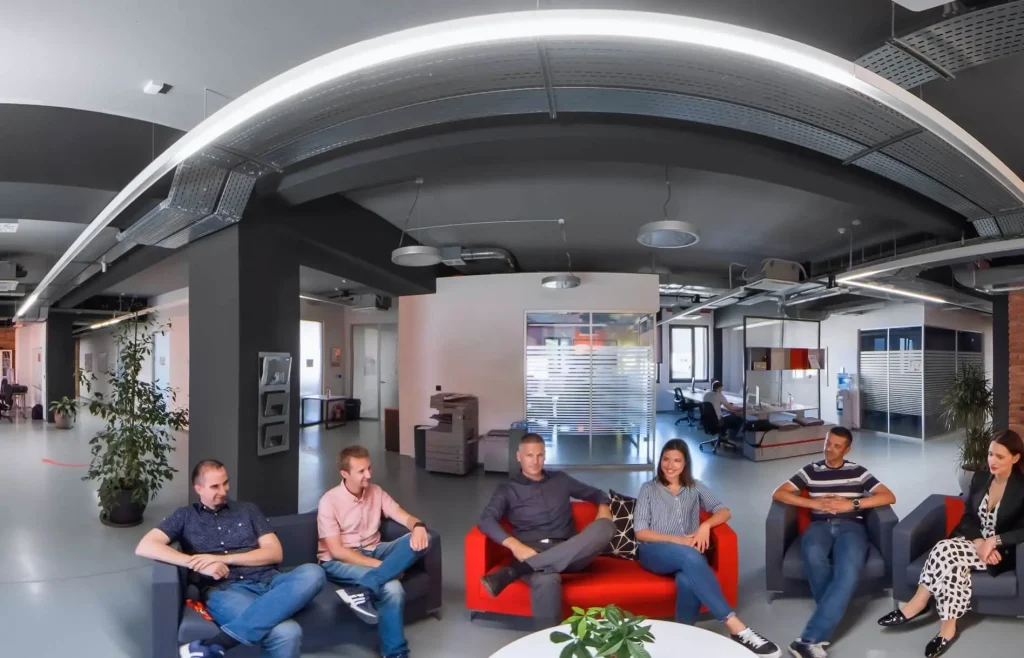In order for the National Recovery and Resilience Plan to have a greater impact, priority should be given to investments in the private sector, the association said in a statement issued on Friday.
Entrepreneurs think that the plan will not direct enough funds to small and medium-sized enterprises and that that will have a negative impact on the entire economy.
Unlike other countries, they add, Croatia does not intend to direct most of the funds from the recovery plan to the business sector and the most affected companies, sectors and citizens.
The current recovery and resilience plan relies mainly on state and local government projects and projects with low and long-term returns, and in some cases negative returns, which is contrary to the general goal of rapid recovery, the association said.
It is true, they add, that the plan envisages distributing 54% of the funds for the business sector and 46% for reforms in the public sector, but the 54% intended for the business sector includes investments in public companies that have so far demonstrated low efficiency, such as wastewater projects, waste management, road and transport infrastructure construction.
The National Recovery and Resilience Plan is thus not aimed at helping the private sector and encouraging the competitiveness of the Croatian economy, the association of entrepreneurs said, stressing that the existing plan is not oriented towards rapid recovery of domestic demand, investment in high return projects and technological innovation.
They call for prioritising private sector investment and focusing on high return projects.
Last week, the government presented the National Recovery and Resilience Plan for 2021-2026, which contains project proposals in six areas, worth a total of HRK 49.08 billion.
Of that, 54% is intended for projects in the business sector, 15% for education, science and research, 12% for building reconstruction, 10% for public administration and justice, 5% for health care and 4% for the labour market and social protection.
Digitisation and green energy transition feature in all six areas in the document.
For more about politics in Croatia, follow TCN’s dedicated page.











